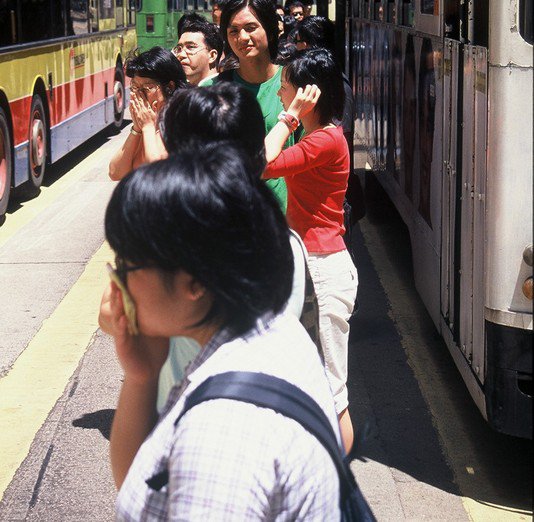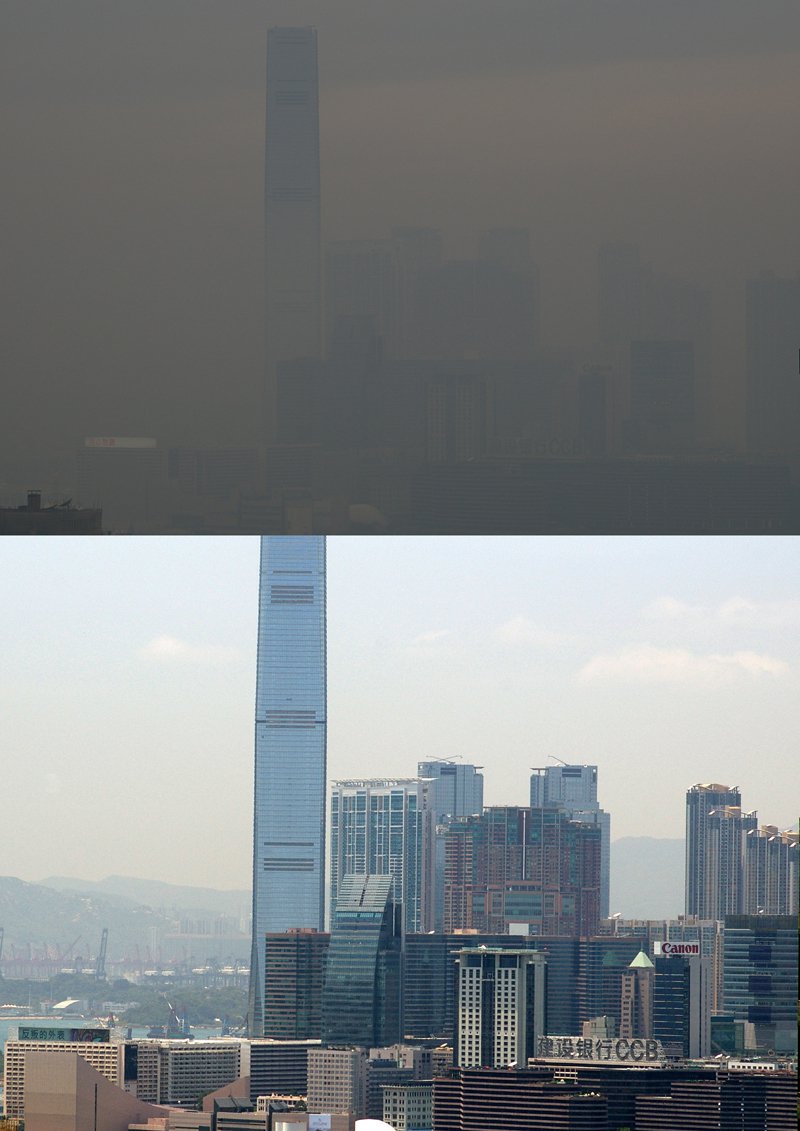Improving The Air We Breath
The air quality in Hong Kong is an issue that is widely discussed and it features in the press with a regularity that means it cannot be ignored. We’ve all talked about it, we’ve all looked out of our windows and seen the pollution lingering in the air, and we all know the affects that poor air quality has on health.
The Hong Kong Cough is a nasty side effect of the air that we breath and so common that it’s acknowledged by doctors, with symptoms including persistent cough, runny eyes and respiratory infections, but how many of us understand the true causes of the pollution that we experience here in Hong Kong? Is it all due to the factories across the boarder and the much mentioned ‘northerly winds’? According to local NGO, the Clean Air Network (CAN), there is much more to it than that, and we cannot ignore the issue of roadside pollution which affects all of us on a day to day basis.
According to CAN, the levels of PM2.5 (the most lethal component of air pollution that is so tiny that it travels directly into the lungs) are three times the WHO recommended guidelines and it is these levels that can cause serious health problems. Over half of the pollution that we endure daily is from sourced locally, from either vehicles on the roads or ships that are leaving and entering the port. CAN’s efforts to raise money for the PM2.5 monitors aims to purchase a total of 18 monitors to collect data to show the levels of road side air pollution across the whole of Hong Kong.
Spot the Difference: A polluted vs clear day
CAN is a local, grass roots organisation that aims to raise public awareness and work with government to clean the air in Hong Kong. They work with local organisations including schools, district councils and individuals and use mobile monitors to collect data on road side pollution in the areas that actually matter – where people live and work.
Currently the government operates only three roadside monitors in Central, Causeway Bay and Mongkok, so if you are a Southside resident, then your nearest reading will be from the Central monitoring station. CAN is trying to engage with the public and raise awareness and donations in order to purchase portable monitors that will allow them to monitor roadside pollution across all districts of Hong Kong.
According to Kwong Sum Yin, CEO of CAN, the current government is supportive of CAN’s message and the issue of Hong Kong air quality is firmly on the political agenda. Despite the lack of roadside monitoring stations, the government’s Clean Air Plan For Hong Kong is comprehensive in its approach to dealing with the problem. CAN has helped to shape policy and is now working with government to support and advocate for the clean air agenda.
So what can be done?
The major policy changes are comprehensive and detailed, but amongst other initiatives they include incentives to replace Diesel heavy goods vehicles with cleaner models. These vehicles are by far the worst culprit on Hong Kong’s roads.
Taxis and Public Light Buses may advertise that they run on LPG, but many operators have not replaced the filters on their vehicles for over 10 years and so the benefits of LPG are negated. The problem is significant and it is estimated that 80% of taxis and 45% if public light buses are running with old filters and therefore emitting high levels of noxious gases. The government is funding a one-time replacement of these old filters which will have a significant impact. There will also be subsidies to replace some of the existing bus fleet with newer models to further reduce roadside pollution. There will also hopefully be a move to greener technologies including hybrid and electric buses.
Ships utilising the port of Hong Kong are not currently mandated to use clean fuels, so instead burn high sulphur fuel which is cheaper for them, but damaging to the air quality. The government is in discussion about mandating that ships switch to low sulphur fuels when berthing in Hong Kong and if this comes to fruition it will have a significant impact on local air quality.
How can you get involved?
CAN’s objective is to enable air monitoring in a wide variety of locations across Hong Kong. This data is needed to show the dangers of health-threatening pollution levels to Hong Kong citizens in a more comprehensive way than pollution measurements collected from only 14 government monitoring stations are able to. They are looking for volunteers to take the monitors with them to work/school to allow them to collect the data. If you would like to monitor your area and volunteer to collect data for the project, contact CAN for more details. To donate to CAN’s fundraising efforts, please visit their website here. Every contribution helps as they work to raise funds to purchase the remaining monitors that they need to monitor all 18 areas of Hong Kong.





